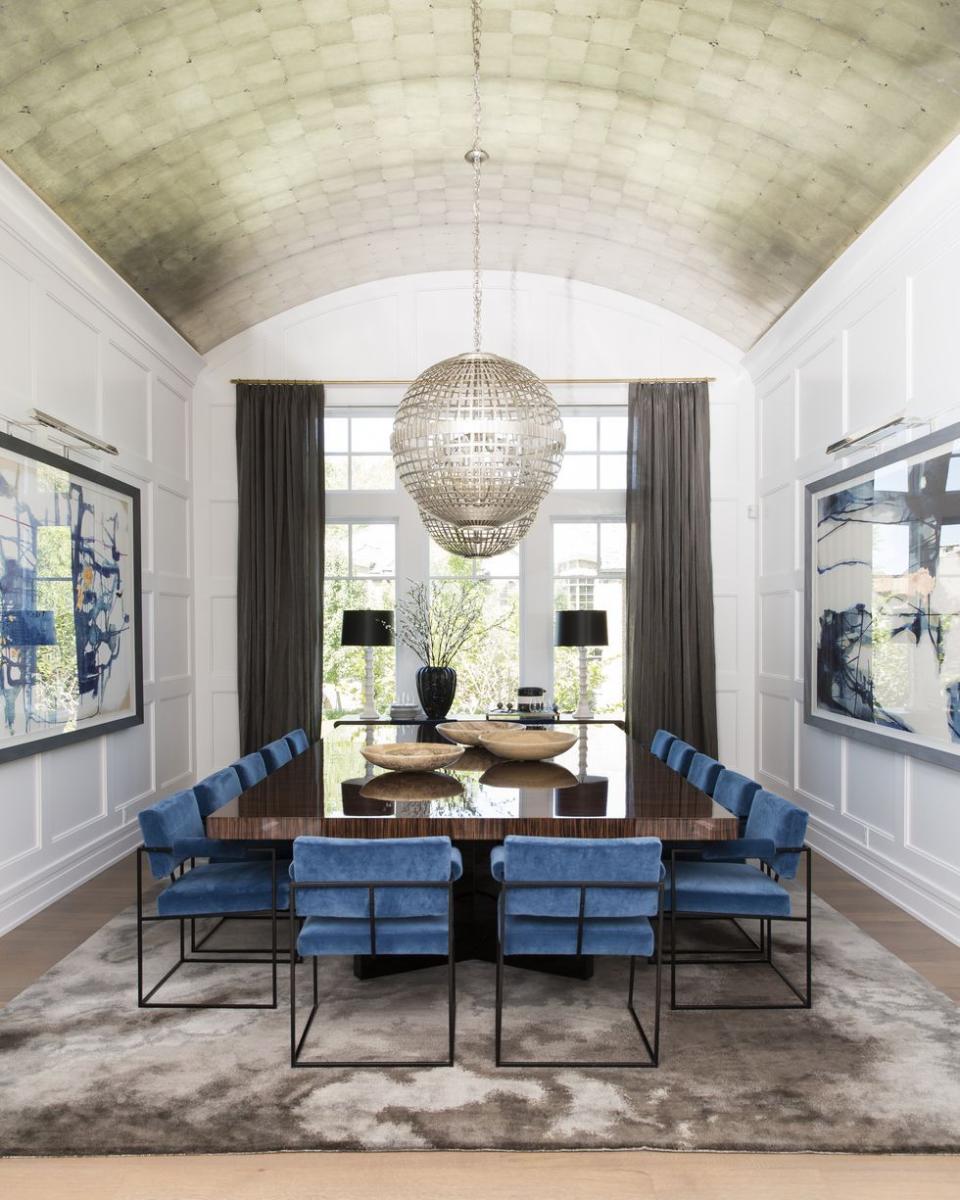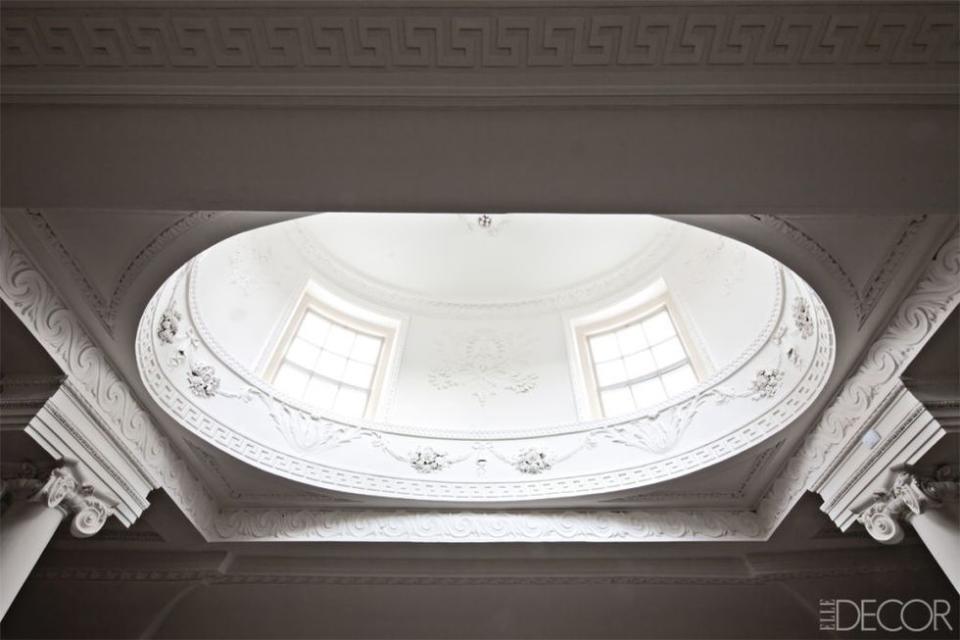Are Vaulted Ceilings The Greatest Home Design Idea?

Vaulted ceilings are a controversial topic. On one hand, their old-world charm and grand appeal makes any room more striking. On the other, they can come across outdated, and feel like a waste of energy and space. Homeowners, architects, and designers alike have strong opinions about the vaulted ceiling, making it easy to get caught up in the preferences of others, while losing track of your own.
Whether you’re buying or building a home with vaulted ceilings, they’re a serious commitment and all factors should be considered. Below, we’ve outlined the pros and cons, paired with expert advice and some dreamy design inspo.
What is a Vaulted Ceiling?

“A vaulted ceiling extends up from side walls toward a center, creating a volume of space overhead,” says Steve Kadlec of Kadlec Architecture + Design. While vaulted ceilings originated in churches and basilicas, they’ve seen many transformations over the centuries, appearing in homes both traditional and modern. Technically speaking, a vaulted ceiling is any ceiling constructed with a self-supporting arch, with many variations to achieve different looks. “Vaulted ceilings are often associated with Gothic or Roman architecture in the form of arched or barrel shaped ceilings like in a cathedral or barn,” Kadlec says. “The creation of the vault allowed ceiling heights to extend higher than a flat ceiling and take advantage of unused roof structure space.”
Styles of Vaulted Ceilings
Barrel Vaulted

Also known as a tunnel vault or wagon vault, a barrel vaulted ceiling is the most simple—and popular—style. It's comprised of one uniform arch that extends across the entire room. Interior designers will oftentimes paint a barrel vaulted ceiling to draw the eye up and emphasize the unique architecture. If you're looking to incorporate a barrel vault into your home without committing to an entire room, it is common to find barrel vaulted ceilings in hallways.
Groin Vaulted

The groin vaulted ceiling is constructed by intersecting two barrel vaults at a right angle, creating an edge or a “groin.” Popular in—but not exclusive to—hallways and entryways, a groin vaulted ceiling reflects light beautifully while adding depth and movement to a space.
Dome Vaulted

The name says it all: a dome vaulted ceiling is a standard flat ceiling with a central, recessed dome. While it is possible to have a dome vault across an entire room, this is fairly uncommon as it is hard to construct. Popular in offices, studies, and master bedrooms, the dome vault can be accented with crown moldings or color, adding a sense of grandeur and openness to the space in which it is constructed.
Vaulted vs. Cathedral Ceilings
“Typically, a cathedral ceiling matches the shape of the roof pitch while a vaulted ceiling sits below the roof and can be different,” Kadlec says. While a cathedral ceiling has equal sloping sides that are parallel to the actual pitch of the roof, a vaulted ceiling does not follow the roof's pitch, with more styles to choose from.
Pros
Vaulted ceilings can take advantage of otherwise wasted roof space and create a larger dramatic room volume.
Vaulted ceilings will make your home appear larger than it actually is.
Vaulted ceilings do a wonderful job of enhancing your home's natural light, especially when accompanied by larger windows.
If your home lacks architectural character, a vaulted ceiling will instantly make your interiors feel more charming.
Cons
Expect a vaulted ceiling to cause a spike in your energy bill, especially during the winter months. Because heat rises, it will take more to make your home warm.
Vaulted ceilings require more maintenance, especially if you've decided to include exposed beams or fans, which can be difficult to clean and repair.
Considerations
“Vaulting a ceiling without consideration of adjacent spaces or the style of a home can be arbitrary and awkward,” Kadlec tells us. “Additional ceiling height or shape may seem like a benefit, but done incorrectly can make a space feel unresolved and the ceiling detail can even make a space feel smaller, not larger.” Vaulted ceilings are a huge commitment if being added to your home, and should be thoroughly thought out in respect to the rest of your home's architecture. If purchasing a home with existing vaulted ceilings, expect your energy bill to increase. All-in-all, if you absolutely love the look, you should go for it. Vaulted ceilings are a failsafe way to add character to a home, resulting in an open, airy, and light-filled interior.
You Might Also Like
